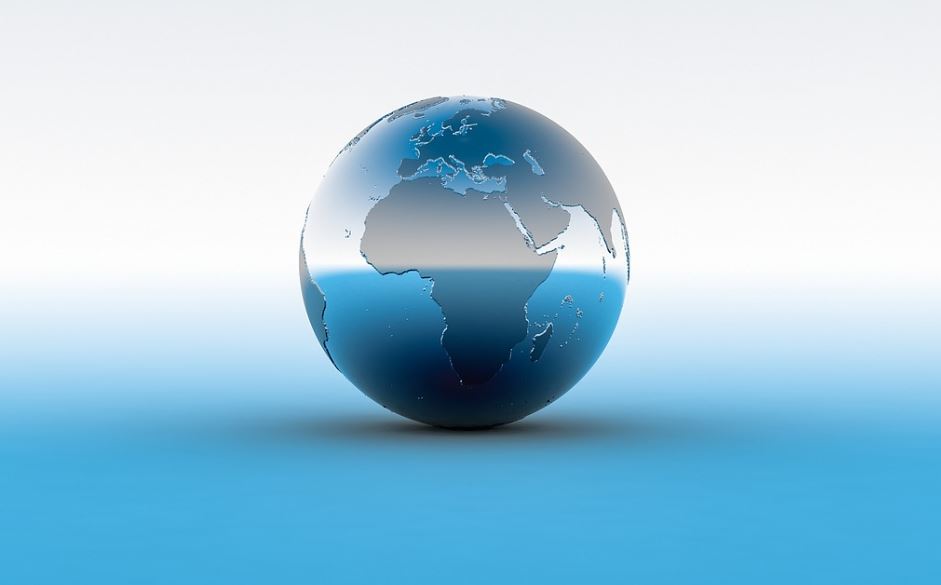Namibia is accelerating its regional green hydrogen ambitions with a proposed cross-border pipeline to South Africa, aiming to supply low-carbon hydrogen and ammonia from Lüderitz to support industrial decarbonisation in the Northern Cape.
The initiative, revealed by Namibia Green Hydrogen Programme spokesperson Jona Musheko in a recent interview with Desert FM, reflects a strategic pivot toward export-oriented infrastructure and regional energy integration.
The planned pipeline underscores the urgency with which both Namibia and South Africa are seeking to transition hard-to-abate sectors—particularly mining and industrial processing—amid mounting pressure to align with global carbon standards.
The cross-border pipeline concept was catalyzed by bilateral discussions at the recent South African Green Hydrogen Summit, where Namibian officials joined regional counterparts to explore shared opportunities and technical pathways. The urgency is driven not only by climate targets but also by market access: as the European Union’s Carbon Border Adjustment Mechanism (CBAM) approaches full implementation, African exporters face rising pressure to decarbonize their value chains or risk trade exclusion.
For South Africa, whose mining sector remains a high-emissions anchor of the national economy, access to imported green hydrogen could serve as a bridging solution while domestic electrolyzer deployment and renewable expansion remain constrained by grid and policy delays. The Northern Cape, with proximity to Namibia and growing solar generation, is increasingly positioned as a hydrogen demand center.
Namibia’s strategy hinges on its outsized renewables potential and nascent electrolyzer capacity. Multiple feasibility studies, including the Hyphen Hydrogen Energy project in the //Kharas Region, point to the country’s ability to produce competitively priced green hydrogen. Yet domestic demand remains limited, necessitating early export markets to justify infrastructure and scale up production.
Musheko emphasized that Namibia’s production outlook “will soon exceed domestic demand,” and that integration with South Africa—and eventually other African nations—will be essential to balance the system. This aligns with recent modeling by development finance institutions showing that regional hydrogen trade corridors in Southern Africa could unlock cost efficiencies and load balancing, particularly as countries develop unevenly in terms of generation and end-use readiness.
Beyond South Africa, Namibia is engaging with countries such as Botswana, Ghana, and Kenya to support knowledge transfer and foster a pan-African hydrogen ecosystem. These efforts could help de-risk early-stage investments by creating a broader base of demand and shared infrastructure standards. While concrete export agreements remain limited, the diplomatic activity signals an awareness that hydrogen success will require systems-level coordination, not just national project pipelines.
Stay updated on the latest in energy! Follow us on LinkedIn, Facebook, and X for real-time news and insights. Don’t miss out on exclusive interviews and webinars—subscribe to our YouTube channel today! Join our community and be part of the conversation shaping the future of energy.
